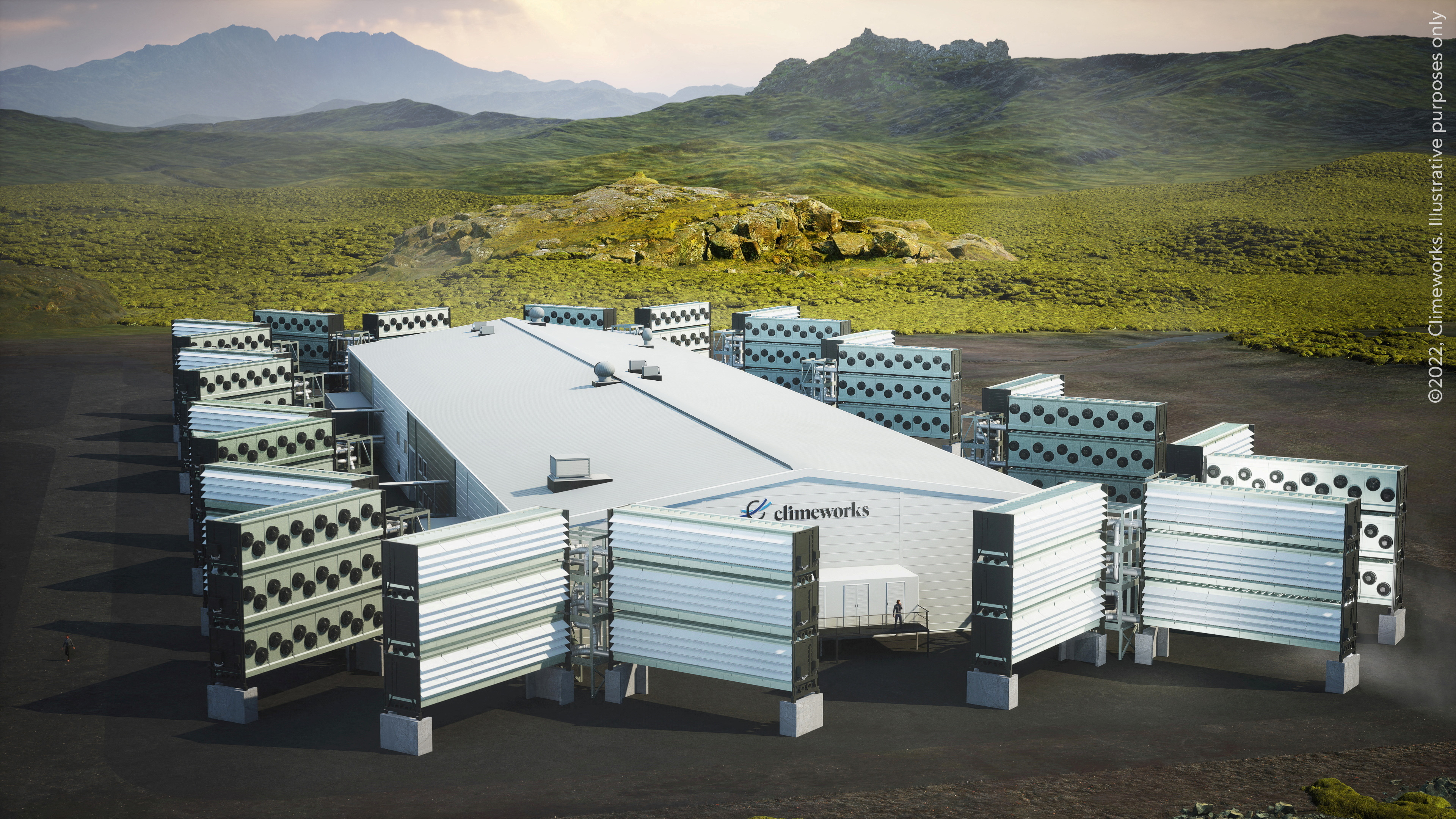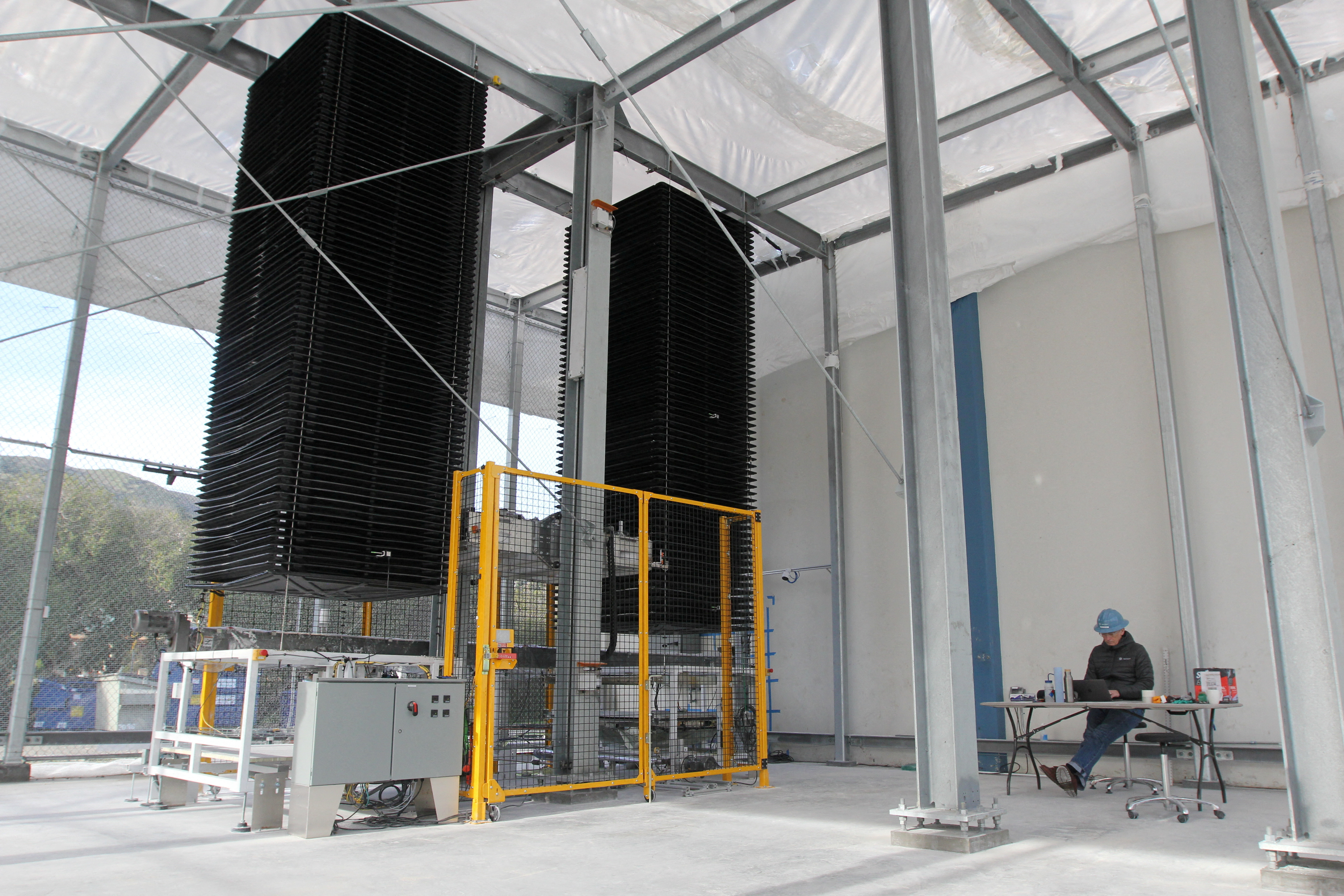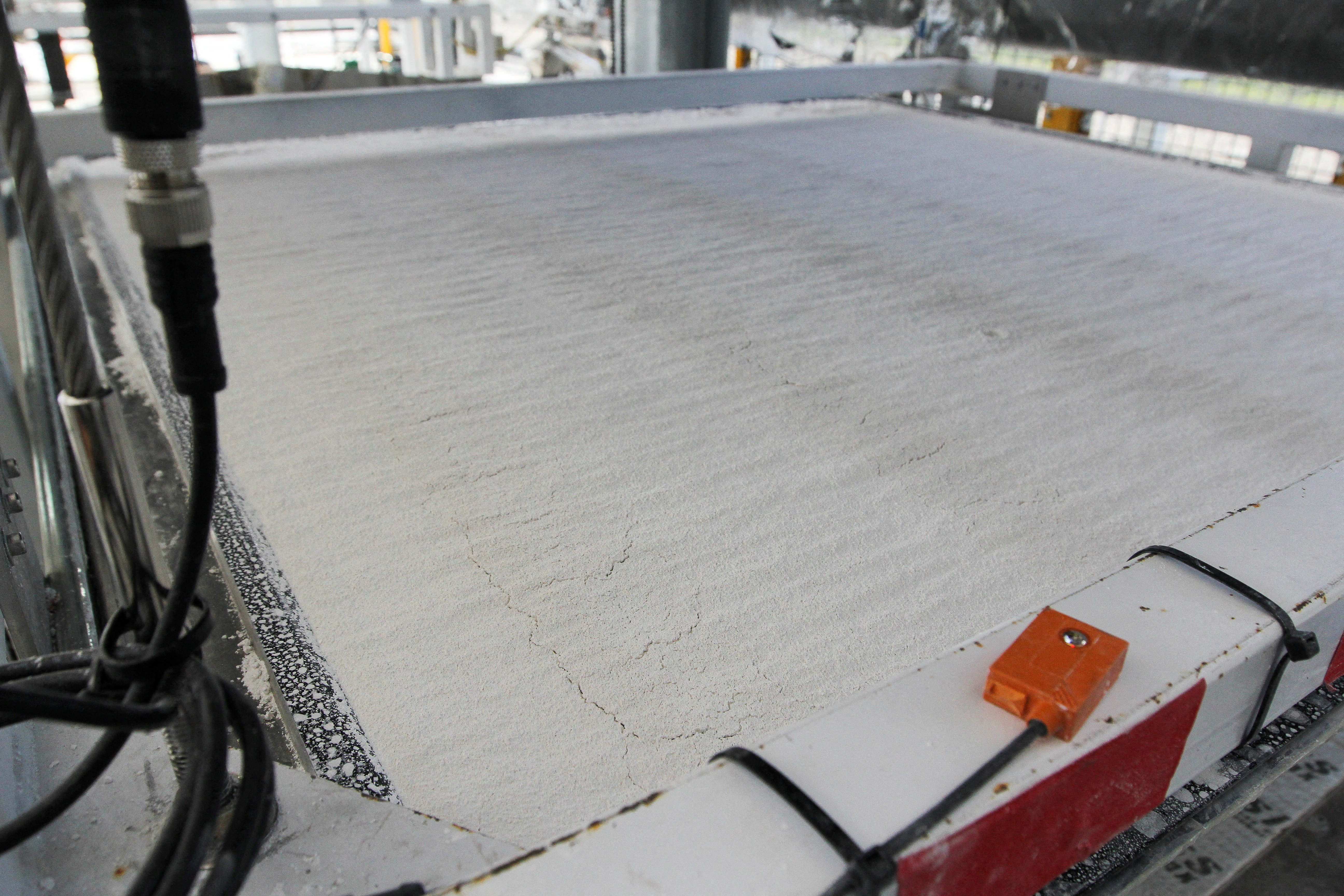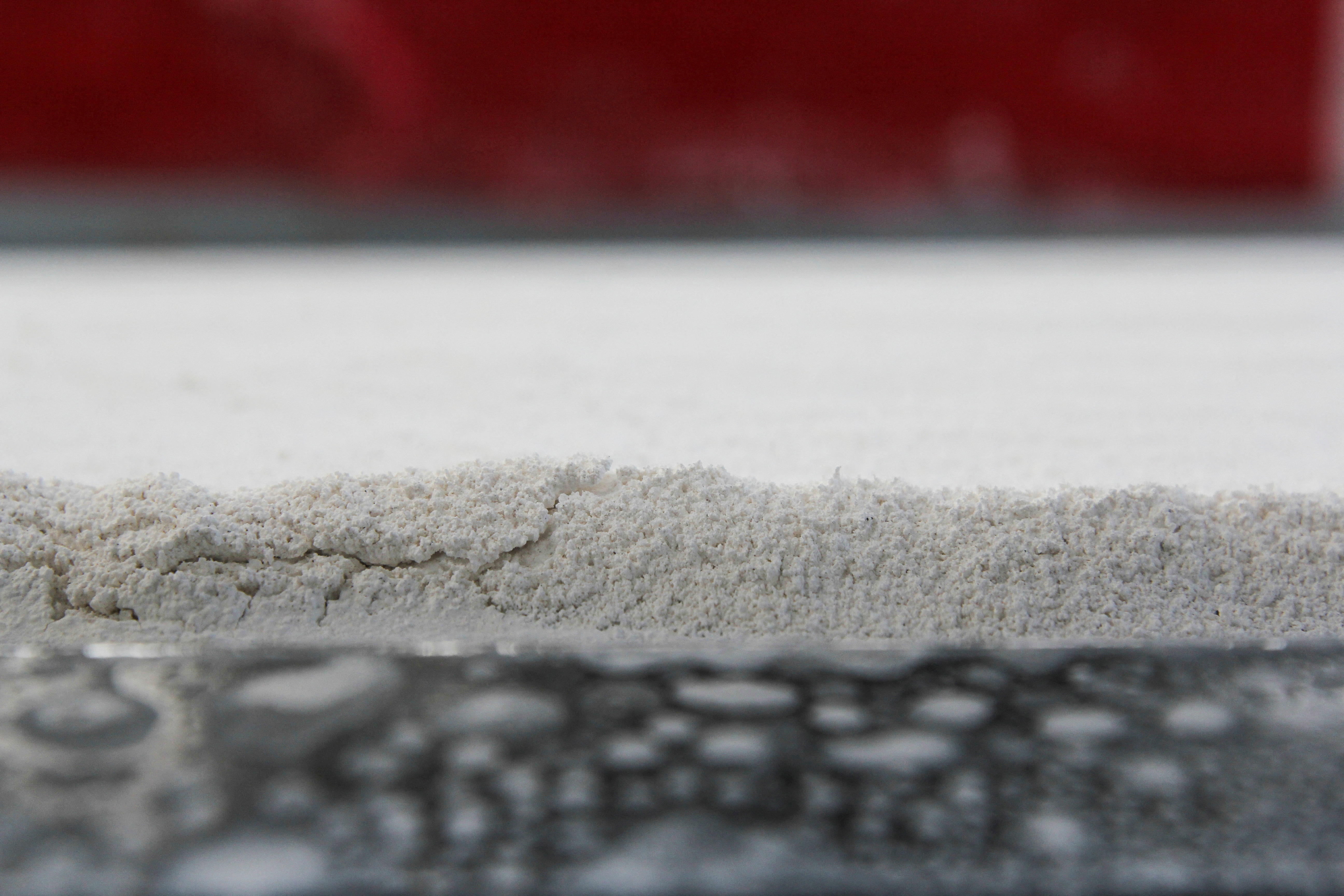Facing disastrous climate change, the U.S. is betting on direct air capture
By Karen Graham
Published April 18, 2023

The Svante carbon capture pilot (pictured during construction) at our Pikes Peak South thermal project near Lloydminster, SK. in October 2021. Source - Cenovus Energy Inc.
The U.S. government has offered $3.5 billion in grants to companies that will capture and permanently store Carbon dioxide.
As the need for climate action intensifies, The U.S. is heading up the largest global effort to help halt climate change through Direct Air Capture (DAC) and expanded a tax credit to $180/tonne to bolster the burgeoning technology.
The sums involved dwarf funding available in other regions, such as Britain which has pledged up to 100 million pounds ($124 million) for DAC research and development.
The world’s largest operating DAC plant, Climeworks’ Orca plant in Iceland, can remove 4,000 tonnes of CO2 a year, which is then stored deep underground.

On 8th September 2021, Orca, the world’s first and largest climate-positive direct air capture and storage plant was launched, making direct air capture and storage a reality. Source – Climeworks
Although bids for the DAC funding were due on March 13, the government and some companies have yet to fully disclose details about the applications. The Energy Department expects to announce winning bids this summer.
As we all know, efforts to cut emissions have been inadequate, and for this reason, DAC has been thrust to the top of the list. UN scientists now estimate that billions of tons of carbon will need to be sucked out of the atmosphere annually to reach a goal of capping global warming at 1.5 degrees Celsius.
While much of that will come from natural solutions such as planting more trees or increasing the ability of soil to sequester carbon, permanent carbon removal like DAC will also be needed.
Although bids for the DAC funding were due on March 13, the government and some companies have yet to fully disclose details about the applications. The Energy Department expects to announce winning bids this summer.
As we all know, efforts to cut emissions have been inadequate, and for this reason, DAC has been thrust to the top of the list. UN scientists now estimate that billions of tons of carbon will need to be sucked out of the atmosphere annually to reach a goal of capping global warming at 1.5 degrees Celsius.
While much of that will come from natural solutions such as planting more trees or increasing the ability of soil to sequester carbon, permanent carbon removal like DAC will also be needed.
Proposed Regional DAC Hubs in the United StatesThe map shows major DAC projects and applicants seeking part of an available $3.5 billion from the Energy Department to build regional hubs.
Swiss start-up Climeworks, has raised more than $800 million to date and is backed by Singaporean sovereign investor GIC. The company has bids out for three DAC Hubs, in Louisiana, California, and North Dakota.
Chief Executive Christoph Gebald said all had the potential to be scaled to the U.S. government’s target of a million tonnes, known as a megatonne, a year.
While all this is amazing and very worthwhile, the question still remains – Where are all the employees coming from? Gebaldm asks, “Where are you getting those people in the next 30 years?… there’s no university program on DAC.”
The company planned to boost headcount from the low double-digits to more than 100 over the next 18 months, and by 2030, the three hubs could create 3,500 direct jobs and tens of thousands of indirect jobs, if given the green light, he said.

A view of a computer-rendered image of Climeworks' Mammoth direct air capture plant, is seen in this undated handout picture obtained by Reuters June 28, 2022.
Climeworks/Handout via REUTERS

A piece of equipment called a distributor used to hold trays of limestone for capturing carbon is seen at the Heirloom Carbon Technologies facility in Brisbane, California, U.S. February 1, 2023.

A layer of small particles of a material derived from limestone is seen on a tray for capturing carbon at the Heirloom Carbon Technologies facility in Brisbane, California, U.S. February 1, 2023.

A piece of equipment called a distributor used to hold trays of limestone for capturing carbon is seen at the Heirloom Carbon Technologies facility in Brisbane, California, U.S. February 1, 2023.

A layer of small particles of a material derived from limestone is seen on a tray for capturing carbon at the Heirloom Carbon Technologies facility in Brisbane, California, U.S. February 1, 2023.

Small particles of a material derived from limestone are seen on a tray for capturing carbon at the Heirloom Carbon Technologies facility in Brisbane, California, U.S. February 1, 2023.
REUTERS/Nathan Frandino/File Photo
Another bidding for funding is start-up Carbon Capture, in partnership with Frontier Carbon Solutions and a new company called Twelve, which will use captured carbon to make sustainable aviation fuel in Wyoming, Jonas Lee, chief commercial officer for Carbon Capture, told Reuters.
“This industry is fragile right now, but all the arrows are lined up in the right direction. Now, we have to do our job which is to put iron in the ground and start taking out meaningful amounts of CO2 from the atmosphere,” Lee said.
“Hopefully that will help in a virtuous cycle that galvanizes even more support from corporations buying carbon credits, and maybe from state and local governments.”

No comments:
Post a Comment